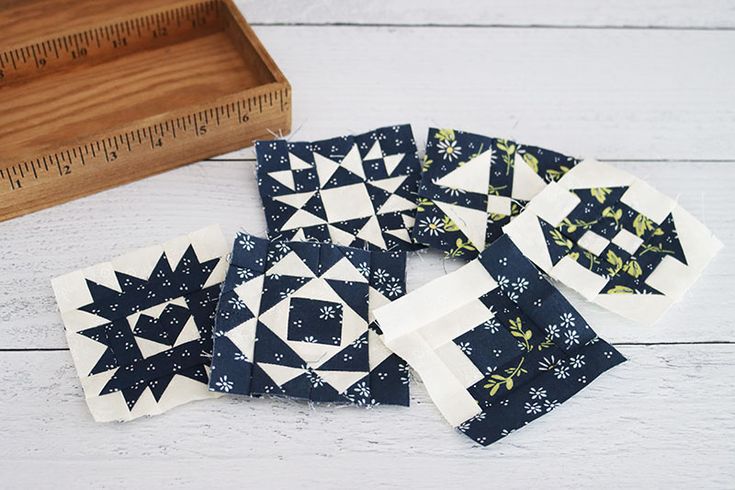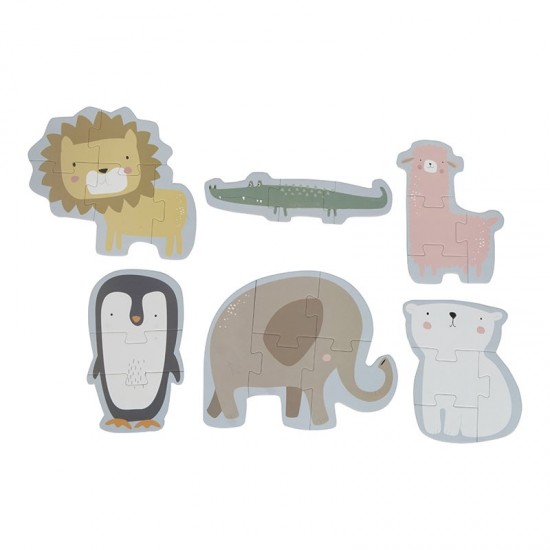
A method for finishing knitting is stretchy binding off knitting. This is when you leave a long tail that measures between 5-10 inches and weave it through the last stitch. The tail should be strong enough that the knitter can continue to knit or purl. This works well for sweaters, and garments that require a cinched neck.
Yarnover Binding
If you're knitting sweaters and want to create a stretchy binding off, the yarnover bindoff technique can be used. It works great on ribbing and stockinette stitches and creates extra yarn for added stretch. Each stitch has extra yarn that rests at the base to allow it to stretch.
You can use either a lifeline to do the yarnover or you can go traditional. Before binding off, the lifeline can be threaded through all stitches. You can test whether the binding method you choose is appropriate for your knitting project by using a lifeline. You can also use it to check the fit of your finished item. You can also test the bind-off process by having someone else try it before you complete the project.

The yarnover-bind-off method is flexible and easy to use. It is great for knitting top-down and toe-up sweaters.
Suspended binding-off
Suspended bind off knitting involves suspending the last stitch of the previous row and knitting the next row. The stitch will have more stretch. This technique can be used to prevent accidentally tightening of the loop during binding-off. It can be used to avoid accidentally tightening the loop or to make a wider stitch.
This is a great way to create side-by-side knit scarves. The stitch's edge looks like a crocheted cast on. After blocking, the edge can be opened and is stretchy. However, projects with garter stitches or lacy edges are not compatible with the bind off method.
Suspended bound-off knitting can be used in the same way as a regular bindoff, but it is slightly more flexible and looser. The stitches are longer than usual, which makes the finished edge stretchy and loose. This method is suitable for patterns that call to use a looser tie-off.

Elastic Binding Off
The stretchy knitting stitch with bind off is an excellent way of adding more give to knitted items. This stitch is also great for fixing openings in garments that need more give. The drawback to the stretchy bind off stitch is that it can cause your knitting's edges to flare. It is not obvious, but perfectionists may not like it.
Some knitters struggle to understand how to handle a stretchy binder. If this is the case, you can increase the needle size or use a different method to work the binding off. A typical purl-based Bind-Off is typically worked on the wrong end, creating a decorative Ridge.
The stretchy bind off can be helpful if you are knitting a sweater/shawl. To do so, you must pull the yarn over from the last stitch and pass it over the right needle. Next, knit or purl your last stitch.
FAQ
What are some ideas for hobbies?
Hobby Ideas for people who love to learn and teach others.
Hobbies are great ways to spend time doing what you enjoy while learning something new at the same time.
There are many hobbies. But they all share similar characteristics. They're often fun and easy to do.
They often involve helping others, such as teaching an instrument to someone or building an airplane model.
You may not think of yourself as a teacher but there might be something you could do in order to help someone else learn.
You can make a difference in the lives of others by starting a hobby.
What are competitive hobbies, you ask?
Running, swimming, cycling and tennis are all competitive sports.
These games are often played by people who enjoy exercise but also offer the opportunity to interact with others.
If your hobby involves physical activity, you will likely find other people who share it.
This could include joining a club/group that allows you to play sports together regularly.
You can also participate in team games where you play alongside others.
These include soccer (soccer), rugby, netball and hockey.
There are many types and levels of competition.
Some competitions are only for recreational purposes.
Others are designed for competitors to prove their skill.
Others are also designed to reward exceptional performance.
In these cases, the winners receive prizes.
Other competitions aim to assess the strength and endurance of competitors.
These are known as endurance events.
For example, marathon races, triathlons, Ironman Triathlon, etc.
Athletes often train hard before competing in these events.
They will adhere to a strict training program that prepares them mentally as well as physically.
They may also need to spend some time away from home during preparation.
It is important to keep in mind that not all athletes can compete in every event.
Why do we have hobbies?
Hobbies play an integral part in our lives. It allows us to unwind and recharge, think creatively, exercise, socialize, have fun, and allow us to enjoy life. You can also learn new skills and develop lifelong interests.
Hobbies allow us to find meaning in our lives.
They are often a great way to spend free time when you don't have much else going on.
They're also fun!
If you don’t make time for a hobby then it’s probably not worth your time.
So take a look at all the options available to you. If you don't have a hobby yet, then maybe you should start one today!
Statistics
- I am 100% biologically a woman (discover.hubpages.com)
- 37% Video Games 36% Travel 36% Health and Fitness (quizexpo.com)
- The intensity of the dialogue partners' bond at the end of the forty-five-minute vulnerability interaction was rated as closer than the closest relationship in the lives of 30 percent of similar students. (time.com)
- The Role of the Mind in Sex, Dating, and Love: Men in the “humor” condition received phone numbers from 42.9% of the female participants and were refused 57.1% of the time. (time.com)
- A new survey by Pew Research Center of teens ages 13 to 17 finds that 36% of girls feel tense or nervous about their day every day; 23% of boys say the same. (pewresearch.org)
External Links
How To
How to begin gardening
Gardening is one of the oldest forms of agriculture. It requires persistence, patience, and determination. You must choose a suitable location to start your garden. You can choose to have a large area or a small one in your backyard. Next, pick the type of plants that you would like. Do you prefer flowers over vegetables? Some people are passionate about growing herbs, while others like raising livestock like rabbits. Before you decide on the type of crops you want to plant, it is important to consider the space available. If your climate is cold, you may decide to plant berries and fruits.
After you have decided what you want to plant, it is important that you prepare the soil. Soil is essential in determining whether your plants will thrive or fail. A good soil has organic matter which helps to feed the roots of your plants. Organic matter includes leaves, twigs (grass clippings), manure, compost, and manure. Once your soil is prepared, it's time to add nutrients. Depending on the type of plants you plan to grow, you may need different amounts of nitrogen, phosphorus, potassium, calcium, magnesium, boron, zinc, copper, manganese, iron, molybdenum, chlorine, sulfur, sodium, and so on. An online fertilizer calculator can help you calculate these values. There are many fertilizers to choose from, so it is important that you are familiar with the product you are using.
After you have prepared the soil and added nutrients, it is time to wait for your seeds germination. The process typically takes 2 to 3 weeks depending on the weather conditions and temperature in your area. After your seeds sprout, it is important to water them frequently. Overwatering your plants can lead to problems. Avoid overwatering your plants. Overwatering can lead to root rot and fungal diseases. Consider that plants generally need less water in the warmer months than they do in winter. Some plants must be dried out after being watered. For example tomatoes should be kept slightly moist and not wet. They don't like to sit in soggy soil. After plants finish flowering, they need to go dormant. When plants stop producing new growth, they go dormant and start storing energy for next season's harvest. Dormancy is when the plant stops sending signals back to its roots for food production. Plants continue to store energy throughout this period. However, the plant will die if temperatures drop below freezing or there is insufficient sunlight.
You may be limited in what plants you can grow if you live in an urban area. Concrete sidewalks, roads, buildings and parking lots are all common in urban areas. These blocks block sunlight from reaching ground level. Concrete absorbs sunlight and blocks the soil below from receiving adequate sun exposure. Many plants are unable to survive in urban areas due to the lack of sunlight. Fortunately, there are still many plants that can thrive in an urban environment. Many trees, perennials, shrubs, as well as shrubs can be adapted to urban living. Many annuals are also possible to grow indoors in containers. Container gardens allow you to bring fresh greenery into your home year-round regardless of the weather outside.
You're now ready to plant after you have chosen where and what to grow in your garden.